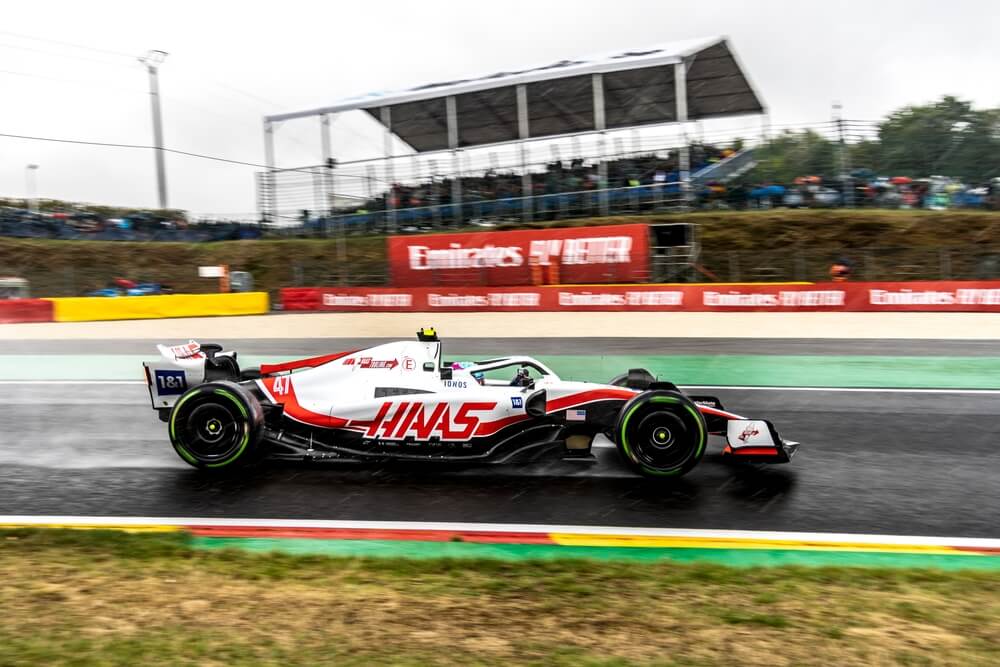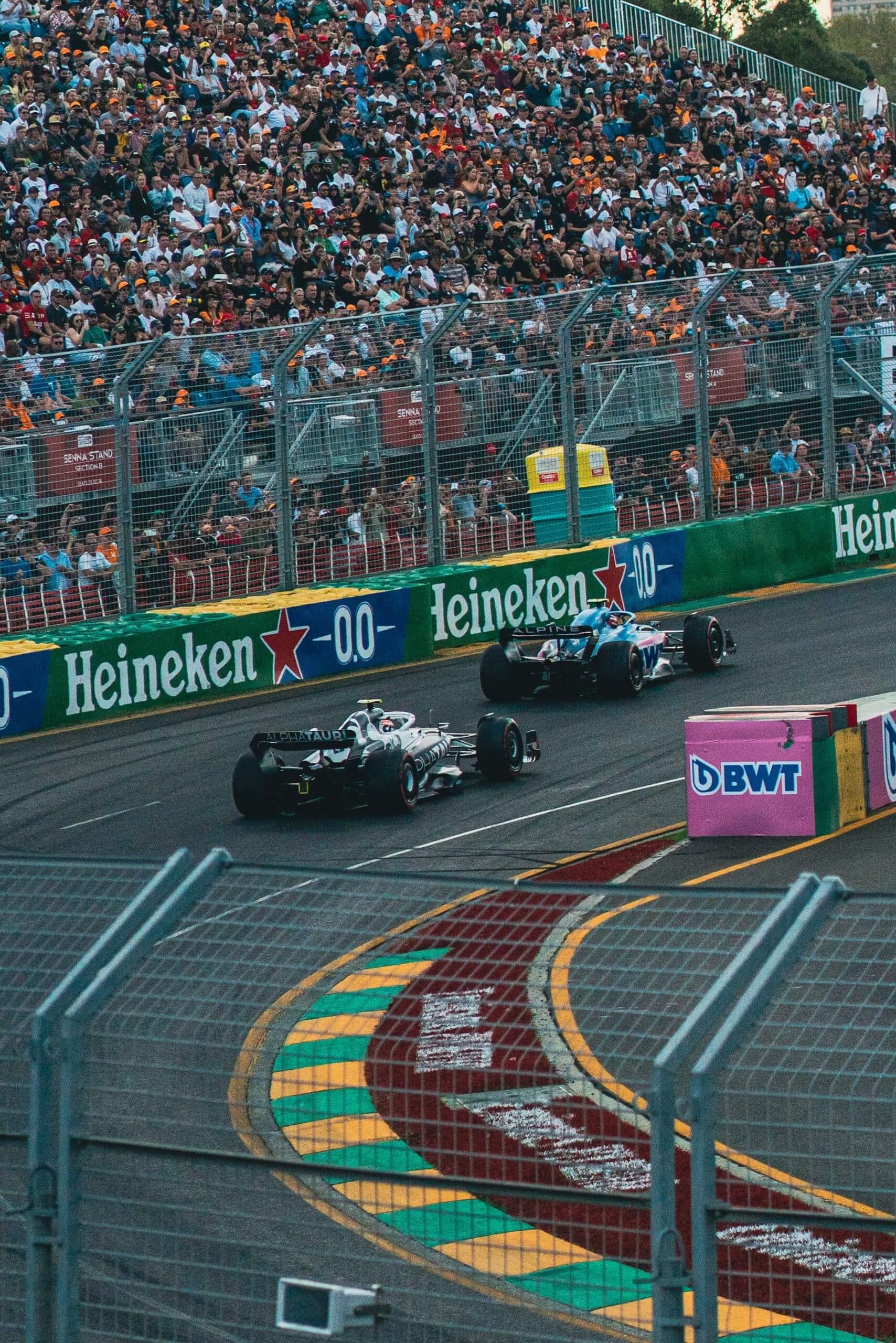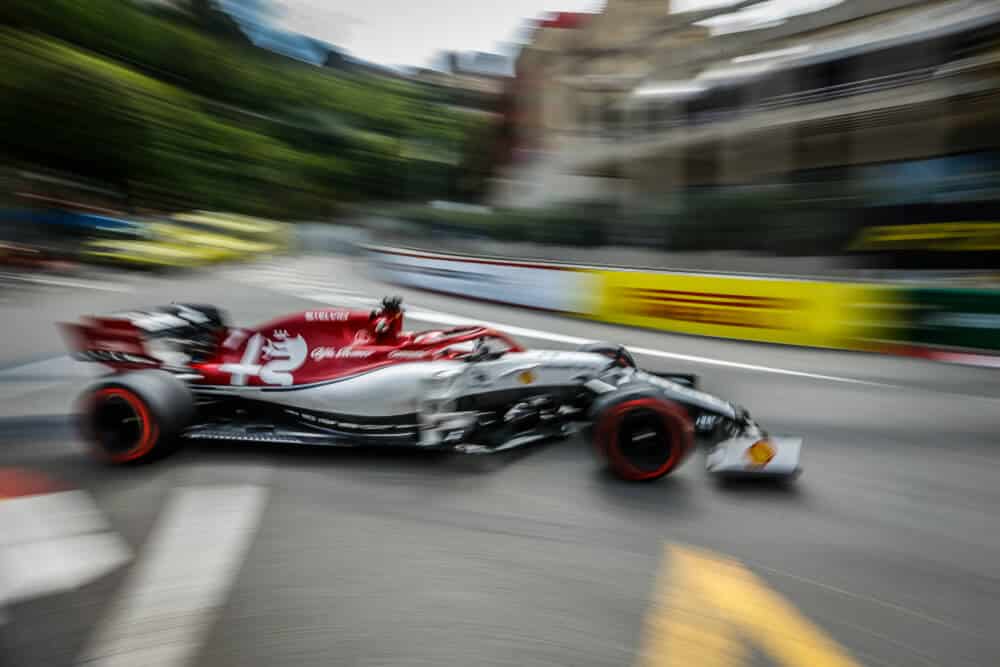Formula One racing demands extreme focus and preparation. Consequently, the importance of an installation lap before a race cannot be understated.
Simply explained, an installation lap is a lap that drivers take before the race begins. During this lap, which usually occurs immediately before the formation lap (a final warm-up lap) drivers work to get their cars ready by warming up the tires and brakes, making sure all systems are functioning properly, and familiarizing themselves with the track.
It serves several key purposes, such as to check the pressure and temperature of the tires, an area that can have a major effect on how well the car performs. It also gives drivers the chance to make any necessary adjustments to their cars and mentally prepare for the race.
Table of Contents
The Purpose of the Installation Lap
One must wonder that with all of the pre-race preparation that goes into Formula One racing, why is an installation lap even necessary? What is its purpose and how can it influence a race?
Car Optimization
The installation lap serves the purpose of allowing drivers to optimize their car’s setup. During this lap, drivers can check the pressure and temperature of their tires, test out different gear ratios and make any necessary adjustments to the car. Since this is done right before the race begins, it ensures that drivers are starting with a vehicle that has been optimized for the track.
Ensuring Safety
The installation lap is essential in guaranteeing a safe race. During this lap, drivers can conduct detailed checks on their car to make sure that every system is functioning properly and safely. This helps reduce the risk of any mechanical or electronic issues that could compromise safety during the race. Hence, the installation lap helps ensure that each car is race-ready and meets the highest safety standards.
Unlocking the Track’s Secrets
The installation lap also gives drivers the chance to get a feel for the track. During this brief lap, drivers can learn about any bumps or curves and identify any potential dangerous spots on the circuit. This helps them prepare mentally for the race as they become more familiar with their surroundings. Furthermore, it allows them to adjust their strategy accordingly and unlock any secrets that the track may hold.
Safety Checks Before the Race
Safety has always been a top priority in Formula One racing, and the installation lap plays a crucial role in guaranteeing that each race is as safe as possible.
During the installation lap, drivers go through a checklist of safety checks to make sure that everything is in order with their cars. These checks include mechanical, electrical, and aerodynamic checks to make sure that all systems are functioning properly and safely.
Importance of Safety Checks for Drivers and Crew
The well-being of drivers and crew members is of utmost importance in Formula One racing. To ensure the safety of everyone involved, a detailed installation lap must be carried out prior to each race.
This allows for a comprehensive inspection to be conducted, ensuring critical components such as brake systems and tire integrity are functioning properly before the race begins. By conducting a thorough safety check, the risk of an on-track incident is significantly reduced, safeguarding everyone’s wellbeing and providing peace of mind.
Types of Safety Checks during the Installation Lap
Let’s take a look at some of the safety checks that are conducted during the installation lap.
- Mechanical checks: This includes a comprehensive inspection of the car components such as brakes, suspension, gears, and fuel systems.
- Electrical checks: The electrical system is checked for proper operation and to make sure that all switches and wiring are functioning correctly.
- Aerodynamic checks: Aerodynamic forces can play an important role in influencing the performance of a car, so these are checked during the installation lap. It includes checks for proper airflow around the car, as well as any potential drag or downforce issues.

Understanding the Condition of the Track
The installation lap is also important for understanding the condition of the track. During this lap, drivers can visually inspect the track and observe any surface changes that may have occurred since their last visit. By completing this preliminary lap, drivers can gauge grip levels, identify potential hazards, and adjust their driving techniques accordingly.
The Importance of Track Knowledge for Race Success
The Azerbaijan Grand Prix of 2017 exemplified just how key track knowledge can be to optimizing performance and enabling successful overtakes on the racetrack. Daniel Ricciardo’s impressive climb from 17th to 1st place was due in great part to his familiarity with the track and understanding of how best to navigate it.
Knowing the conditions of the track, including braking points and cornering speeds, is critical for drivers to effectively control their vehicles and achieve faster lap times. With an understanding of these factors, drivers can fine-tune their racing line for peak performance.
Factors Impacting Track Conditions
Although drivers can gain a better understanding of the track conditions during their installation lap, they must still be mindful of any changes that may occur throughout the race. This is especially true as environmental factors, such as weather and temperature, can impact things like tire grip levels and aerodynamic performance.
Therefore, it is important for drivers to continually monitor these track conditions and adjust their strategy accordingly. As such, the installation lap is a valuable preparatory tool for drivers to get acquainted with the track before they hit the racetrack.
The Installation Lap Procedure
Frequently Asked Questions
What is the importance of an installation lap?
Are there any restrictions during the installation lap?
What happens if a problem is detected during the installation lap?
How to Change my Photo from Admin Dashboard?
Conclusion
So, there you have it – everything you need to know about the installation lap in Formula One racing. This process is an essential part of the race experience, helping teams to prepare the car and driver for a successful race.
By understanding their individual roles and responsibilities, each team member plays a key role in making sure this process runs smoothly. With all the preparation that goes into it, there’s no doubt that an installation lap can make or break a Formula One race.
Article sources
Learn more about Formula One
Want to learn more about F1? Then visit our Formula 1 glossary and dictionary.



